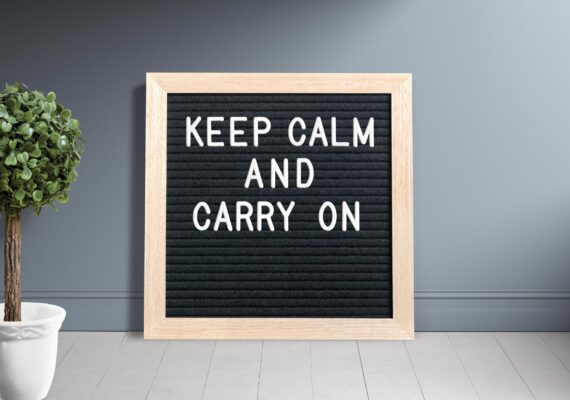Looking at the numbers from Stats NZ, our population grew by a firm 100K in the year to 2020, pushing us over the 5 million mark for the first time. You don’t have to be an expert to know that falling build numbers over the past 40 years combined with population growth has meant pressure points on a number of fronts, including housing. So, is it cheaper to buy or build in 2021?
Prices keep rising
Indeed, the construction industry saw the price of building increase in the December 2020 quarter, and it’s not that surprising to learn it’s never cost more to build. Slightly excruciating perhaps, but not surprising. Similarly so for existing homes. It’s never cost more to buy an existing house than it has in 2021.
So it’s fair to say that the price of building new and the price of buying existing homes keeps rising, but is one more than the other? You might not be entirely surprised to learn, with Longview Homes being a building company, that we think it’s cheaper to build than to buy.
It’s not an exact science but the building consent data from January to July 2020 shows that the average new build price across the country was $2,238 per m2 or $417,231. It varies quite a bit from region to region but that’s the average price, excluding the land. Compare that to the average price for an existing home of $749,000 and you’ll understand why we believe it’s cheaper to build!
Numbers aside, let’s take a look at four compelling reasons why building new is cheaper.
The most construction in 50 years
Despite rising construction costs, the record existing house prices have made building a house more attractive relative to buying an existing one. Building consents tend to increase when the cost of a new build becomes cheaper relative to buying an existing dwelling. The record number of building consents, reflects this shift. There hasn’t been this much construction in 50 years.
More land coming on stream
Up and down the country, councils are releasing more land. Without getting into the RMA debate, so long as we concentrate new housing development on unproductive land, more land coming on stream will moderate the price. It’s a whole other issue, but there’s no point having food production and housing compete for land. Broadly speaking, valuable horticultural land should be off limits for housing and lifestyle block development.
Factor in repairs and maintenance
The comparison between building new versus buying existing is often obscured because repairs and maintenance are not factored in. A new build is guaranteed for 10 years, so very limited maintenance will be required during that time. An existing home on the other hand, will undoubtedly need work done, and maintenance like needing a new roof or wiring are more common than you might think.
A win for the environment
New homes must comply with current building standards of course. You often won’t find basic things such as double-glazing or underfloor heating in older homes and trying to retrofit them is costly and in some cases, impossible. Given that everything in a new home is new, the cost of running one is less. That’s certainly a win for the pocket and a win for the environment.
Lastly, our families have been getting smaller since the 1970’s, while the size of our average home has increased by over 80 square meters. Maybe it’s time we take a look at that, but then that’s a whole other story…
Remember, when you’re looking around for a builder, make sure the quotes you get compare apples with apples! Check out our comprehensive checklist on how to find the right builder.
Get in touch with our team or call 0800 100 945 to start your exciting new build journey today.
Longview Homes builds both custom and pre-designed homes of exacting quality, built to last. We have locally owned franchises around the country. It would be our pleasure to take on your building project.







